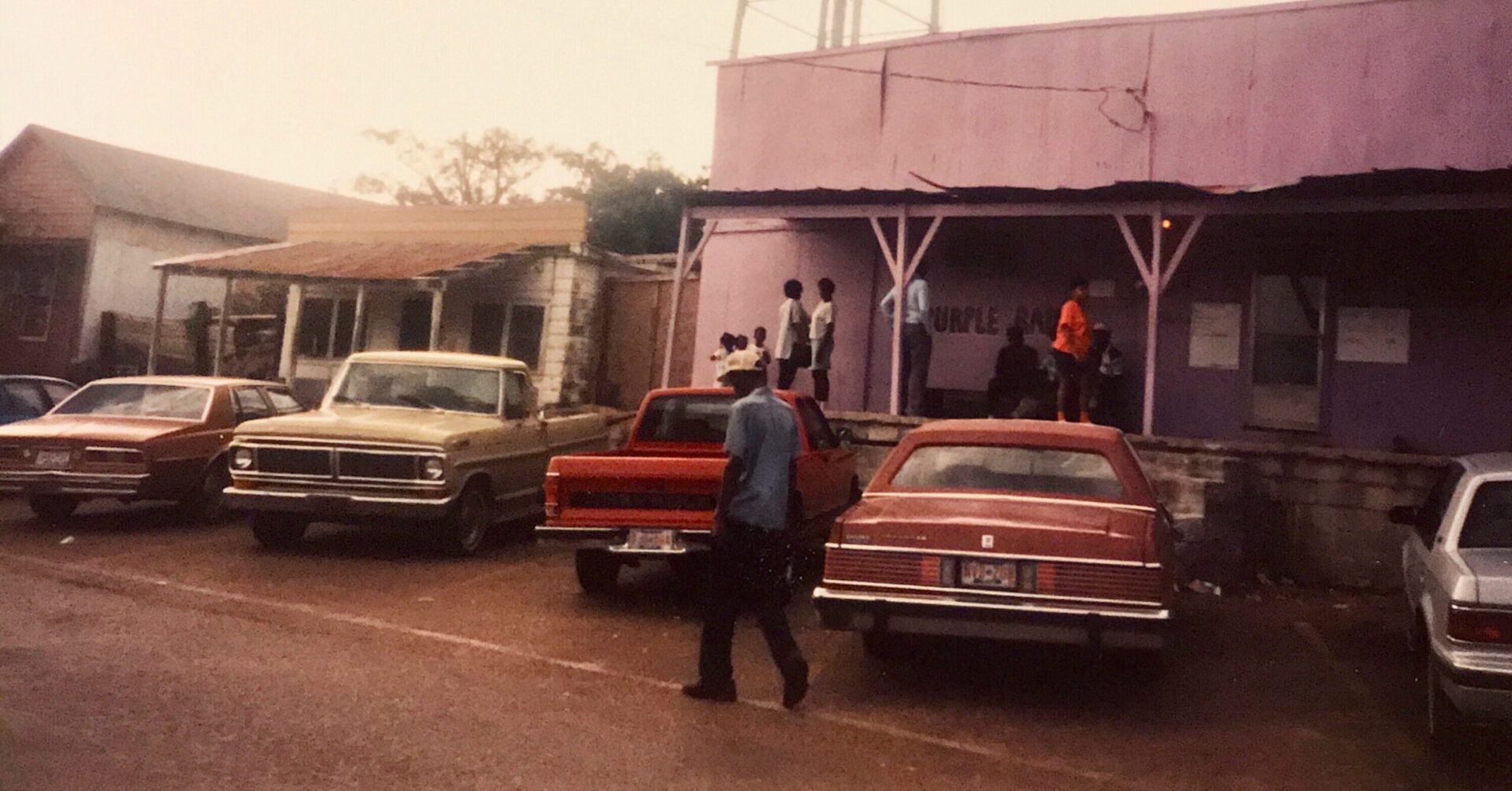The Memphis chapter of The Recording Academy had their Grammy GPS event yesterday at the Stax Music Academy in South Memphis, with an array of speakers that included Steve Jordan, activist rapper Talib Kweli, southern rapper and producer Fiend, and Mississippi poet and activist Charlie Braxton. The event also attracted a number of local Memphis artists, including Scott Bomar of the Bo-Keys, Al Kapone, Knowledge Nick, Cities Aviv, Miscellaneous, James Alexander of the Bar-Kays, Jason Da Hater and Montana Trax. Memphis TN, 9/29/12
Blues at Home Blowout in Oxford at the @LamarLounge with @JimboMathus Et Al
I learned about the Blues At Home Blowout at the Lamar Lounge from attorney Tom Freeland’s excellent North Mississippi Commentor blog, which is a great …


